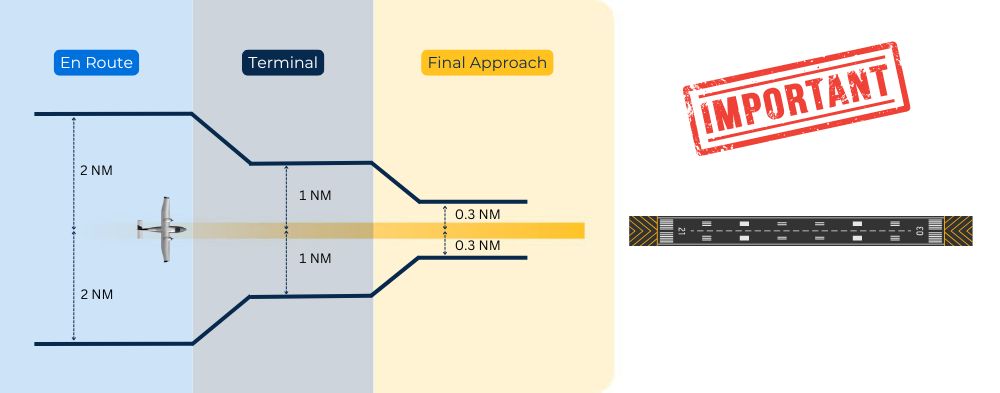RAIM Prediction
RAIM prediction can be accomplished either through the GPS receiver or via PC-based software. Most modern GPS units include a RAIM prediction function, allowing pilots to check the availability of RAIM along their planned route or at specific waypoints. Alternatively, PC-based tools provide similar capabilities, often offering additional flexibility for pre-flight planning. Both methods help ensure that sufficient satellites will be in view to maintain navigation integrity during the flight.
Fault Messages
There are generally two types of RAIM fault messages. The first type of message indicates that there are not enough satellites available to provide RAIM integrity monitoring. The GPS navigation solution may be acceptable, but the integrity of the solution cannot be determined. In this case, the RAIM function in the avionics will alert the pilot, but will continue providing a navigation solution. Except during emergencies, pilots must discontinue using GNSS for IFR navigation when such an alert occurs.
The second type indicates that the RAIM integrity monitor has detected a potential error and that there is an inconsistency in the navigation solution for the given phase of flight. Without RAIM capability, the pilot has no assurance of the accuracy of the GPS position. When this occurs, the avionics alerts the pilot and denies navigation guidance by displaying red flags on the HSI or CDI. Continued flight using GNSS is then not possible until the satellite is flagged as unhealthy by the control centre, or normal satellite operation is restored.

Alert limits for enroute, terminal, and final approach phases of flight.
